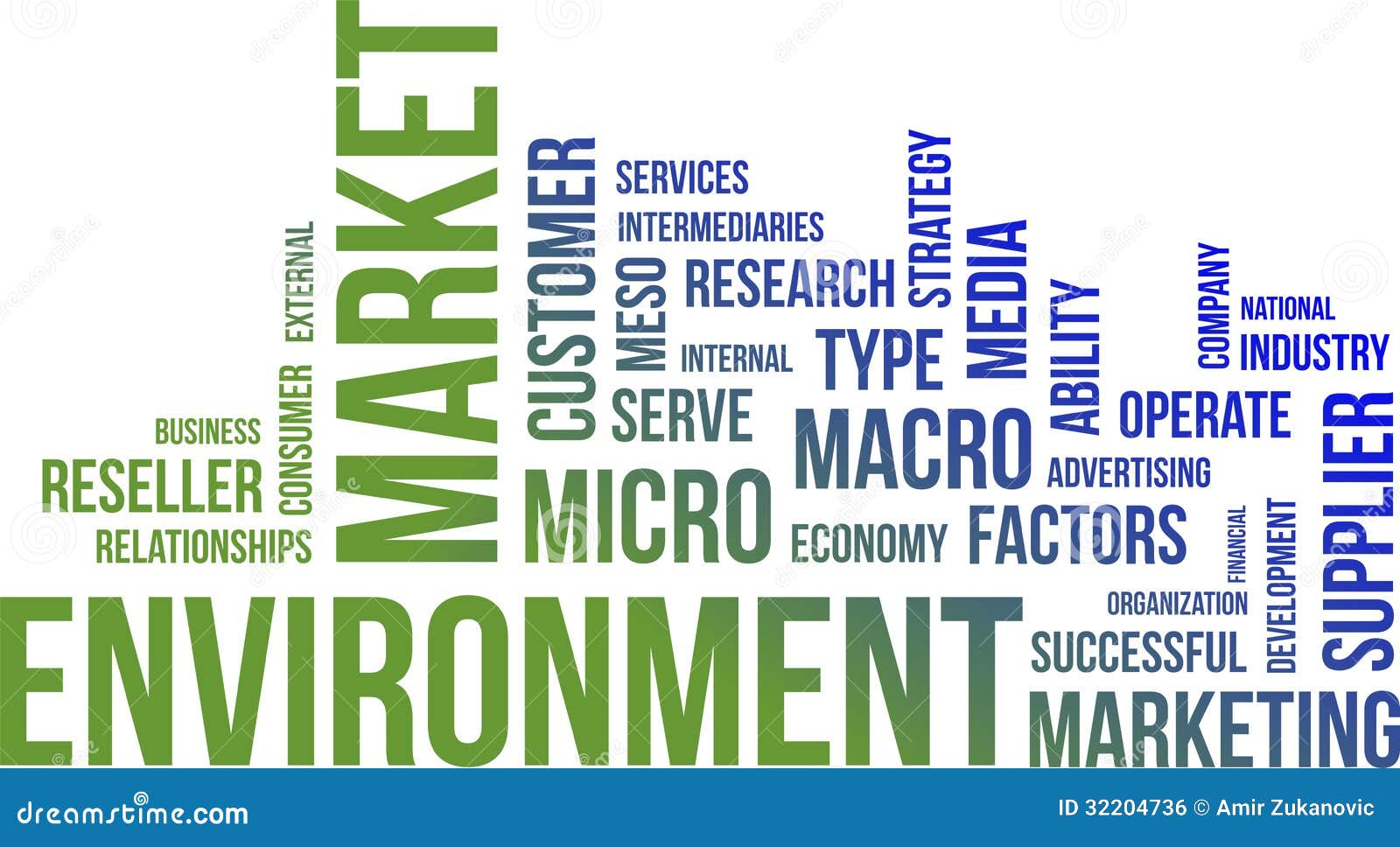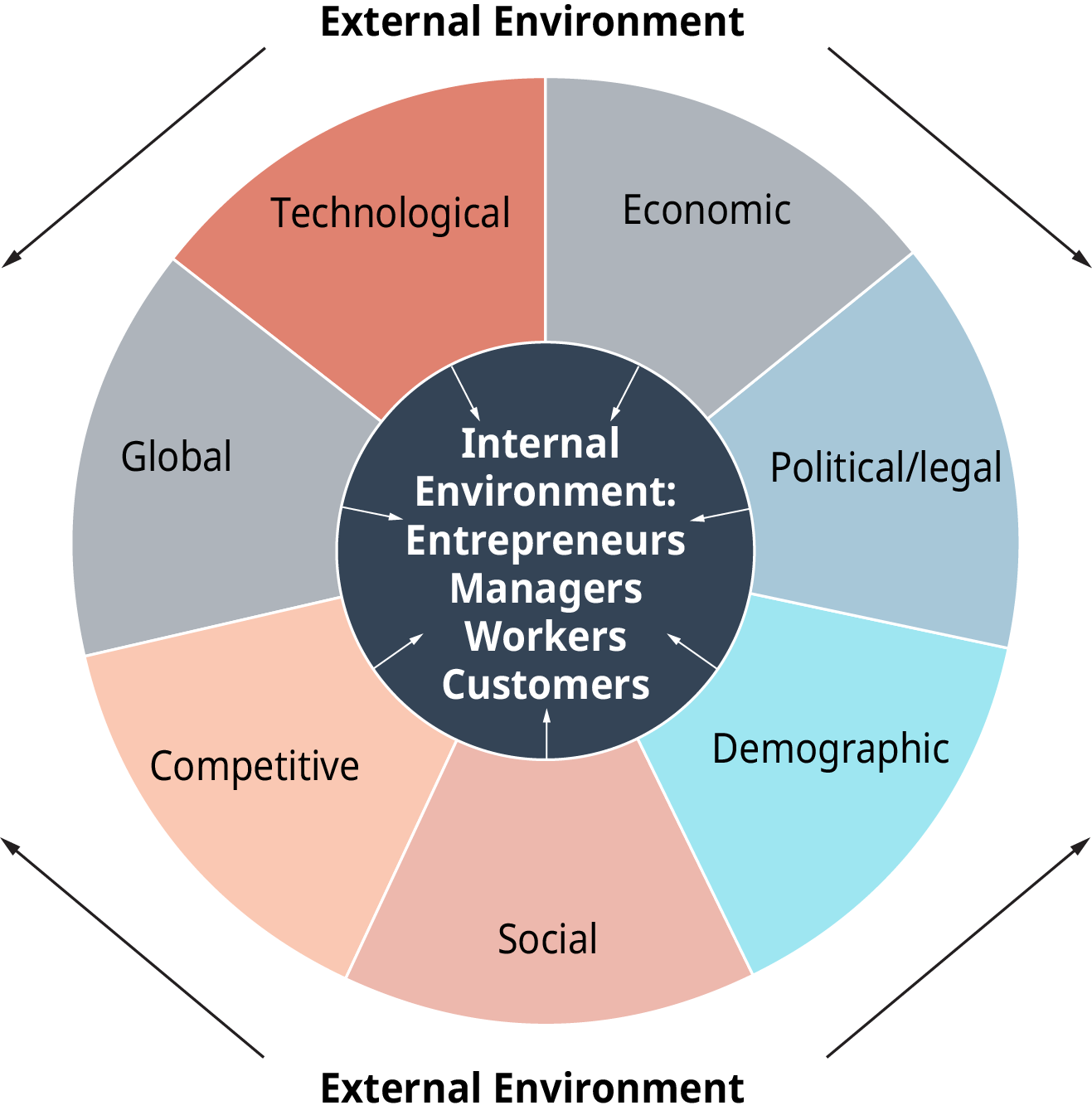Changes in Business Environment of the World
The Business Environment is such a factor in which the growth & profit of the business depends. Every businessman invest in any place, his main motive for the growth of the business. For investing anyplace first we should be analysis the business environment according to our product & services, his demand & supply, his culture & trend. Business Environment will create competitive advantages for a business. of a country and interest to foreign investors for economic growth changes in the business environment in the 21st century occur frequently. The changes that have been witnessed over the past decades include globalization, privatization of public companies and the increase of liberal policies. In many instances, these factors led to the death of profitable companies. Therefore, it is essential for businesses to adapt to the transforming business environment. Predicting future alterations in the business environment in the coming ten years can be a great way to adapt as the company can put up new structures, policies, cultures, and products that will be fit for the future.

One factor that will alter the business environment in ten years is a geopolitical disruption. The geopolitical landscape has witnessed numerous changes over the past years. Globalization process led to open borders and global citizens. It also allowed companies to expand easily into other territories. However, this trend is reversing with the rise in nationalism experienced in many Western countries. This is evident in the political victory of Right Wing parties across Europe. The Brexit vote also demonstrated the determination of British people to remain independent. The election of Donald Trump also signifies increased nationalism. Citizens in these countries are preferring isolation due to the failures of globalization. A common issue that has caused this change is the decline of the working-class population as many of their jobs have been moved to developing countries to take advantage of lower wages (Haidt 2016).

External & Internal environment both influence business development. Nationalism is going to affect businesses in the future. It is going to lead to slow economic growth due to increased barriers to trade. This is likely to lead to poor performance of the businesses (Haidt 2016). Businesses are also likely to be affected since they are growing more global while the countries are more focused on nationalistic policies. This issue is going to affect companies that import goods since there will be an increased uncertainty on the availability of raw materials. The businesses can also benefit from reduced restrictions on where they can obtain cheap products. The geopolitical changes can also affect exporting businesses. Increased nationalism leads to more barriers to trade between countries. This affects companies that export to other nations since the cost of commodities may increase. This issue might also force companies to establish production centres in all countries of operation to avoid trade barriers (McCollum 2015).
Businesses in the future will also face a different climate due to the change in technology. The rapid development of technology is underway as innovations are released each day. They include the increased use of robots, the employment of drones and smart objects such as cars. There has been increased progress on Artificial Intelligence (AI technology). Machines are being trained to perform various tasks using data. This has made computers to have human proficiency enabling them to recognise and translate speech and play difficult games. These machines are able to perform high skilled nonroutine jobs such as law, medicine, and accounting. They are also able to perform tasks with less time and more accuracy than humans. The use of this technology is going to improve the efficiency of work. It is also going to reorganise labour practices within organisations as some tasks which were done by humans are going to be done by computers and robots (Healy, Nicholson & Parker, 2017).
The new technology will also impact different aspects of companies. It is going to change the way business transport their commodities. It is going to make it easier and more cost-efficient. Examples of technologies that are going to be used more often to transport commodities are drones and autonomous vehicles. Autonomous vehicles have numerous advantages including improved safety and environmental conservation. They also bring financial advantages to companies including lower costs on human resources and the amount of moving goods from one place to another. Lower travel times and less traffic is also an advantage of transport technology (Bucsky, 2018).
A different business environment will also occur due to ethical challenges caused by the new technology. Businesses will have to evaluate the impact of technology before applying it to improving production. One possible impact of robotics is the risk of loss of human skills since technology will be able to perform the tasks performed by humans, there will be less motivation for people to develop skills other than pursuing skills required for enhancing these new technologies. Another issue is the potential misuse of the technology which can cause various types of cyber-attacks ranging from petty online fraud to terrorist activities (Torresen, 2018).
Technology continues to be implemented in all aspects of life. The rise of big data and access to information also comes with security risks and challenges. Companies in the future are going to invest a lot of their resources in securing private and confidential information. Security can be boosted by implementing the best technology. It can also be enhanced by ensuring that people have better knowledge of the management of information systems. Many security incidences are caused by the people’s lack of awareness of security challenges or the oversight of the management. Therefore, companies are going to invest in the education and training of employees to prepare them for the safe use of technology. Another security challenge will be the ethical use of information. Due to the rise in big data, companies will have a lot of information on customers, suppliers, and rivals (Han et al. 2015).
The advancement of technology, high innovation and the search for efficiency has pushed companies to design new methods of organising productivity and labour. This trend is likely to continue as businesses keep on incorporating technology in their activities as increased global competition forces enterprises to be innovative to remain competitive. The companies need to be designed for dynamic capabilities to enable them to respond quickly to any market changes. The competitive landscape shows that continuous improvement on the old capabilities is not enough. Therefore, businesses need to be able to come up with different organizational methods that correspond to market changes (Felin & Powell 2016). The change in organization and labour has already affected many industries including military, software, healthcare, transport, and hospitality with the development of various businesses such as Uber and Airbnb which change the level of independence of workers and the sourcing of commodities (Kolbjørnsrud 2018).
The concept of reverse innovations refers to the movement of innovation from developing countries to developed or high-income nations. A few years ago, innovation was only happening in rich nations as they were believed to have enough resources to drive creativity. More recently developing nations are increasingly coming up with new technology and better methods of production and organising work. Reverse innovation is growing due to the large population in developing countries which have lower income and different interests from the customers in the developed nations. Businesses in emerging economies are forced to come up with ways to produce and sell commodities to their customers who have a low disposable income. The advantages of developing products in developing countries include a large base of consumers, lower barriers to entry and lower costs. This has led to the development of innovation which have trickled up to the developed world (Hadengue, Marcellis-Warin & Warin 2017).
This trend will change businesses in the future as they will have to invest more resources in research and development activities in emerging economies. Businesses will also try to emulate new trends or technology that come from the global south (Hadengue, Marcellis-Warin & Warin 2017). Apart from innovating, developing countries are also experiencing fast economic growth. This growth in the economy provides an opportunity for multinational companies to grow their sales and market share. Therefore, the continued development of the emerging economies is going to change the business landscape as companies are going to develop products and services that suit these markets (Shan & Khan 2016).
Due to Global Warming, Environmental conservation will play important role in business environment in present & future generation.. The implementation of policies that reduce environmental degradation has been unsuccessful due to a multitude of factors. Favoring economic goals over environmental goals and lack of awareness of environmental degradation are the main factors which have made the conservation process to be unsuccessful. Environmental issues are likely to dominate future business due to the scarcity of key resources. A decrease in the supply of fresh water is a global challenge that is going to get worse due to an expected population increase and unsustainable use of natural resources. Freshwater is a key resource for many businesses especially those which produce foods and beverages. The scarcity of water is going to affect the production of these commodities. It is also going to make companies follow environmentally friendly production methods. The impending scarcity of food and water is also going to make people more conscious of the production processes and damages on the environment caused by business. This is going to lead to a demand for stringent legislation on the conservation of the environment (Bunn 2016).
Demographics change in the world population will also cause changes to the business environment in the coming decade. The population of many Western countries continues to age. In the United Kingdom, the average age reached 40 years in 2014 from 33.9 in 1974. In 2024 the number of elderly will surpass the number of children. The change in population dynamics also leads to a change in needs. Older people face multiple health conditions and risks. Therefore, they are likely to engage in healthy living. The increase in people above 65 years is also likely to lead to an increase in demand for retirement services. Businesses are going to have to respond to this change.
In conclusion, the business environment of every country change in every 4 to 8 years. The main causes of the change include geopolitical disruption due to increased nationalism. This change is going to affect the global growth of businesses. Rapid innovation in technologies, changes in different organization forms, and the implementation of reverse innovation are significant factors that will revolutionize the future business environment. Companies are going to invest more in developing economies. Spread of concerns on environmental conservation’s among companies, industries, governments along demo-graphical changes in different nations will directly impact the shape of future business environments in the coming next ten years. Business Environment mostly ruling government decision & his international relation.

Good knowledge
ReplyDelete